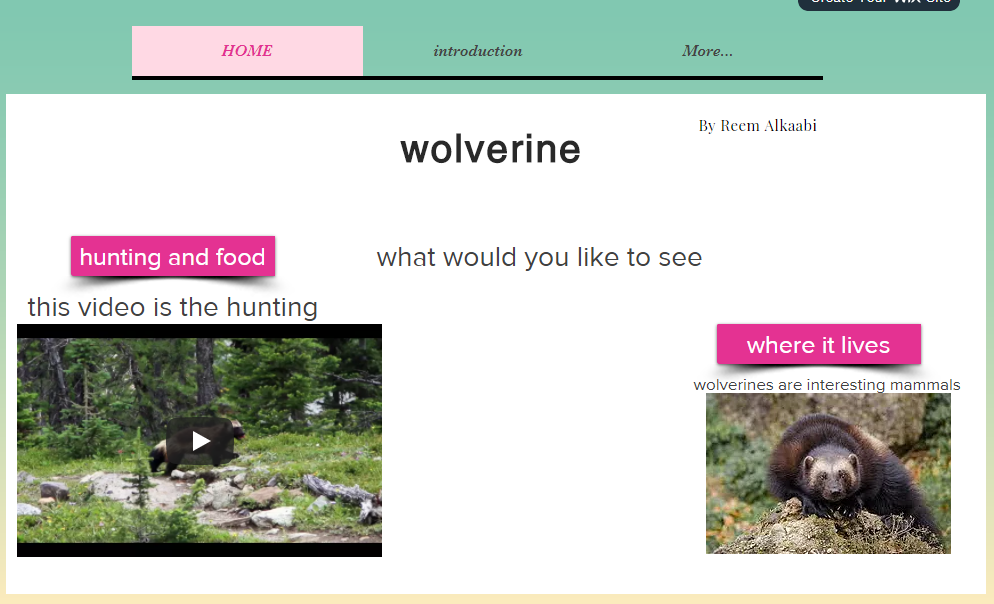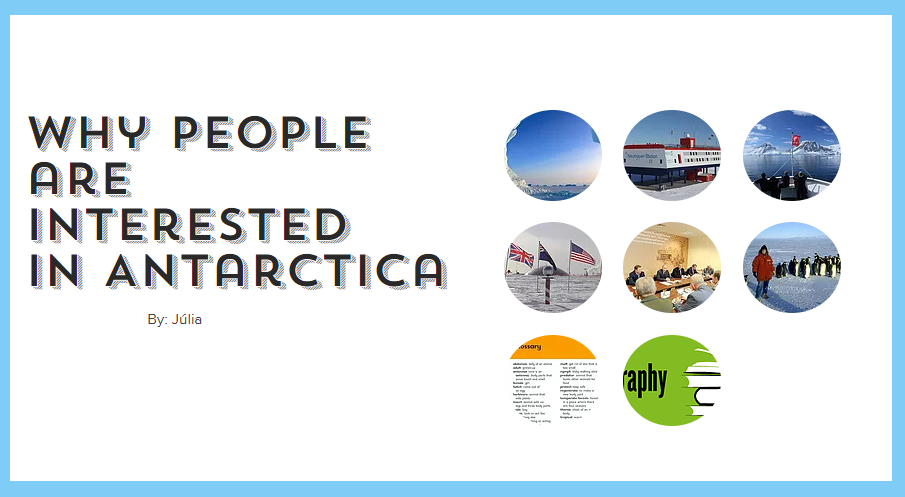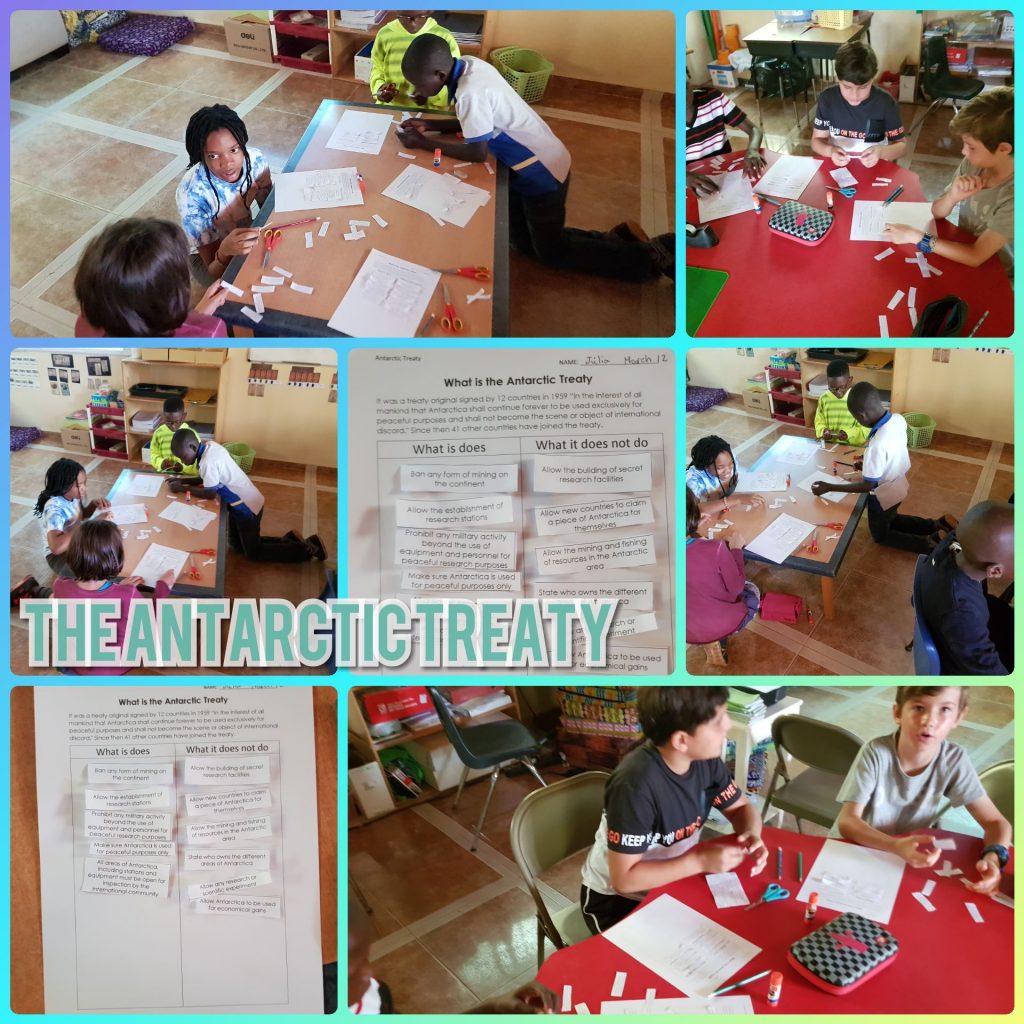Over the spring break the grade 2-5 students were busy experimenting for science fair. Each student followed their procedure created in class to complete their experiments and record their results. We look forward to sharing what we found out during the science fair.
The Main Idea
Whats the main idea? That is what we were trying to workout. Using a differentiated non-fiction text about weeds, students read together and then individual had to write on seven strips of paper their seven most important points from the text. Once they had finished, students paired up and compared there fourteen points and together narrowed down their main ideas to seven they agreed upon. The final challenge as to met up again as a whole reading group and narrow our choices down once again to just seven that the whole group could agree upon. This resulted in some interesting discussion between students as the shared their own perspectives on the main idea of the text.
The Scientific Method

This trimester will be jammed packed with experiments and scientists. To get ready for science fair, students have been learning about the scientific method and how we ask questions and then perform experiments to gather data and test a hypotheses. We have brainstormed our different scientific areas of interests and have decided upon experiments that we are interested in. Students have researched their topics and designed fair tests which we are looking forward to complete over spring break.
Service Learning – Deforestation
As part of the school service learning project, grades 2-5 have been learning about the effects of deforestation on our environment. We explored the reasons deforestation occurs and the effects it can have on the land, habitats and animals. To check our understanding we paired up and challenged each other in a game of Jeopardy.
Frozen World Non-fiction Texts Creation
Our frozen world unit culminated with the grade 2 to 5 students taking on the task to create their own non-fiction text using a digital medium.
Grade 2 and 3 focused on building digital books using Book Creator with a focus on exploring some of the lesser known Arctic and Antarctic animals.
Grade 4 and 5 constructed websites using WIX, a website building tool, around a chosen topic about the Arctic and Antarctic.
Click on the images below to explore the creations from grade 2 to 5.
(To view the Book Creator books you will need to be using chrome as your internet browser.)
DIGITAL BOOKS – BOOK CREATOR
WEBSITES – WIX
Vital – Polar Bear Simon – Gentoo Penguin
JJ – Edmund Hillary Júlia – Antarctic Interests

Kelechi – Scientists Mouza – Atlantic Puffin
Raef – Narwhals Modou – Shackleton

Getting Ready for Portfolio Conferences
Over the trimester we have been putting together a portfolio conference of our work. This has included choosing different work samples and reflecting on them to show both what we have learnt and what we may need to work on yet. Following on from our Frozen world theme we also decorated the front covers by building our names as icebergs. We are looking froward to sharing our work with our parents on Thursday. 
Reading Between the Lines
In class we have been practicing our inferring skills. Inferring is when we make statements from a text that using evidence to support our idea, but the statement is not specifically said in the text. We read a number of non-fiction texts on cities around the world and had to identify information that we could use to infer further statements from.
Whats the Matter? EVERYTHING – (Grade 2)

Grade 2 begun looking at our new science unit. We are exploring matter, the little particles that make up everything in our world. We first used blocks to represent the particles and discussed how they can be arranging in different ways to make different objects. Then we created a poster showing the three states of matters and draw diagram of the different objects and listed them as solid, a liquid, or a gas. We are looking forward to completing some experiments in class to learn the scientific method which we will use to complete own science fair projects.
The Antarctic Treaty
The Antarctic Treaty was signed in 1 December 1959 by the twelve countries whose scientists had been active in the region. The treaty focused on maintaining a peaceful area for scientific inquiry that is aimed to better mankind. Starting with just twelve countries, now over 53 separate countries have joined.
Grade 4 and 5 begun studying the different aspects of the treaties and identified how it enabled cooperation between countries and limited the areas of conflict. We begun by sorting though a list of statements that helped us determine what the treaty did and did not cover. Then we looked at specific terms such as the land use and explained how it encouraged international cooperation without the need for conflict.
Morning Fitness
We like to get our brains working in the morning by starting with some exercise. We warm up by jogging at different speeds and doing high knees, up and downs and sumo squat. Then we play some cooperative games to work on communication and teamwork as well as fitness. We have been practicing our tagging skills and played team tic tac toe. It gets us warmed up and ready to begin our day.






















